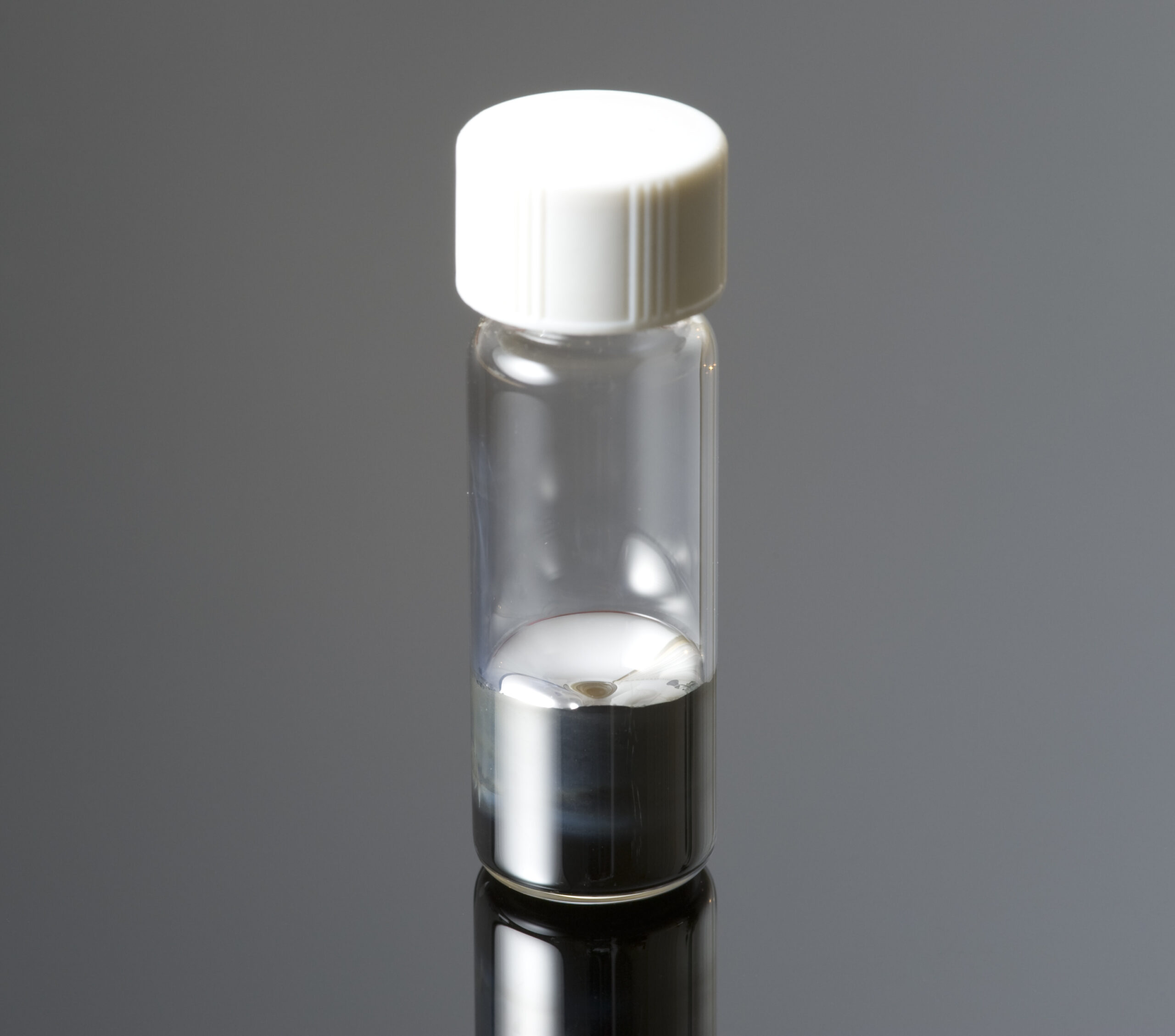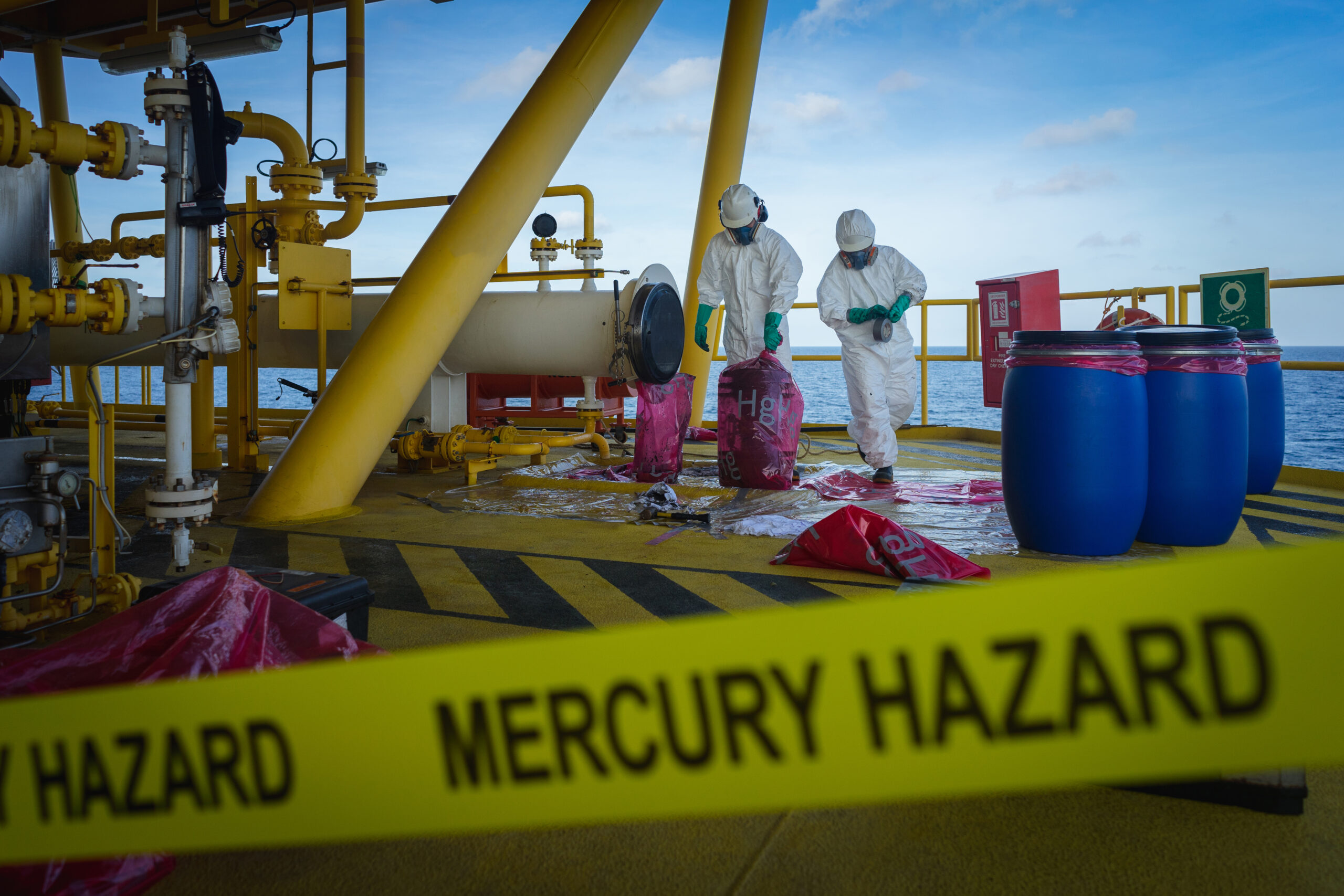Health Impact Assessment
Mercury is one of the most dangerous pollutants for the health of humans and living organisms due to its high level of toxicity and its persistence in the environment. Once released into soil, water or atmosphere, it gives rise to a complex combination of chemical, physical and biological processes, transforming into compounds that are very harmful to health and to the environment.

Mercury
Methylmercury, the most toxic form of mercury, accumulates in fish and reaches humans through the food chain, causing serious diseases.
It can have toxic effects on the nervous, digestive and immune systems, as well as on the lungs, kidneys, skin and eyes, compromising cognitive and / or sensory functions and motor skills; it is also possible for mercury to cross the placenta and irreversibly damage a fetus.


Objectives
The Health Impact Assessment Operational Unit has among its objectives:
- the methodological optimization of the appropriate biomarkers of exposure, effect and susceptibility, both in terms of identification and in terms of standardization of the related analytical procedures
- the implementation and coordination of an Italian network spread throughout the territory capable of monitoring the population over time to identify changes in exposure trends, as well as the assessment of possible exposures to mercury, both of anthropogenic and natural origin, of the general population and of the population groups most at risk for exposure and / or susceptibility
- the identification and characterization of hot spots at national and global level will allow to support the competent regulatory authorities in identifying and implementing prevention strategies in order to manage the health risk for the population.

